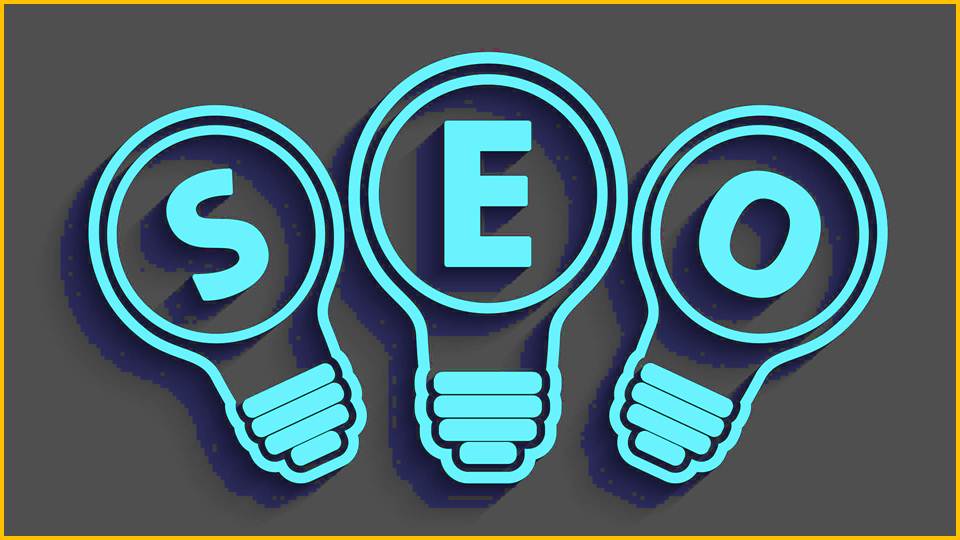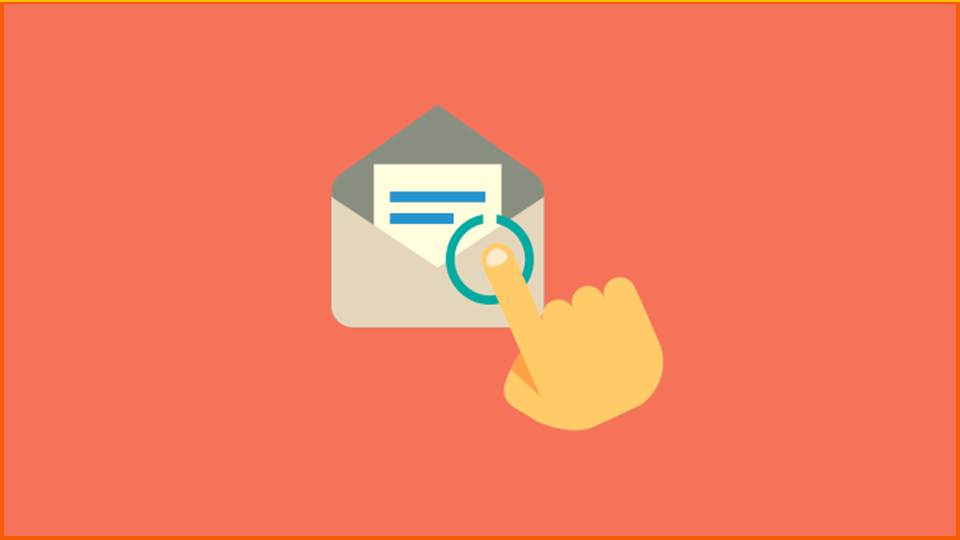Making mistakes is human. Everybody makes mistakes; that is a simple fact in life. In business, mistakes can be costly, regardless of whether they are known or not. Mistakes that you are not aware of going on can be the worst for businesses as profits flow away, while often the solution could be implemented quickly if only the problem was recognized. As a top web development company, we wanted to share the 5 Commons WordPress Mistakes Killing your Website to help everyone using this platform.
“Failure is just the chance to start over, this time in a smarter way.” ~ Henry Ford.
Instead of repeatedly failing, we can take this opportunity to educate and approach the use of WordPress more intelligently instead of making common WordPress mistakes.
5 Commons WordPress Mistakes
Installing plugins – Plugins are an important aspect of WordPress because they provide the ability to quickly add new features or functionality to a website. However, plugins are something that should be carefully considered every time they are added to a site, as excessive and unnecessary plugins can cause various problems. For starters, the more bloated the site is with plugins, the slower it loads, which will reduce customer satisfaction and conversions. In addition, the quality of the encoding of each plugin is important when considering website security. Plugins must be carefully measured, assessed and analyzed before installing, and any unnecessary plugins must be removed.
No Backup – It is critical to backup a site or you risk losing everything in an instant. Crashes can occur, causing data to be lost. There are security breaches and hackers that can damage a site if there is no backup to restore to. Backing up a site is just like paying for insurance; if you need it, you are glad you have it. There are some very good backup plugins that can be used, such as UpdraftPlus or BackWPup. In addition to having a backup plugin available, it is important to make regular backups, as well as every time the site is updated.
Ignore Updates – WordPress regularly releases new versions with updates and bug fixes. Typically, vulnerabilities are a reason for updates because they discover areas that can be exploited. There are also solutions to improve performance. Ignoring updates exposes your site to unnecessary security vulnerabilities and reduces the experience for users. The same goes for updating plugins if the auto-update feature is not used.
Using non-optimized images – Image optimization is a focal point for experienced web designers who focus on SEO because the larger an image, the slower a page loads, which reduces the user experience. On average, more than 60% of a website’s weight consists of image files. Reducing the image size while maintaining image quality reduces that bloat, allowing pages to load quickly. Take the time to optimize each image prior to uploading to ensure the site loads quickly and smoothly. Non-optimized images already on the site should be removed and replaced with an optimized version.
Using non-optimized images – Image optimization is a focal point for experienced web designers who focus on SEO because the larger an image, the slower a page loads, which reduces the user experience. On average, more than 60% of a website’s weight consists of image files. Reducing the image size while maintaining image quality reduces that bloat, allowing pages to load quickly. Take the time to optimize each image prior to uploading to ensure the site loads quickly and smoothly. Non-optimized images already on the site should be removed and replaced with an optimized version.
Forget Google Analytics – Jetpack is an extremely popular and widely used plugin that many people use for analysis on their site. As handy as Jetpack is, it simply doesn’t provide all the data that Google Analytics does. The insights into visitor behavior are of great value to marketing and content creators. More is always better when it comes to analytical insights, so always take the time to install Google Analytics immediately after installing WordPress.
It comes down to
The bottom line is that these 5 common WordPress errors that kill your website are all easy to correct. While these errors can and will happen, they can all be prevented when you set up and use WordPress. If your site suffers from any of these errors, make sure to correct it as soon as possible.




